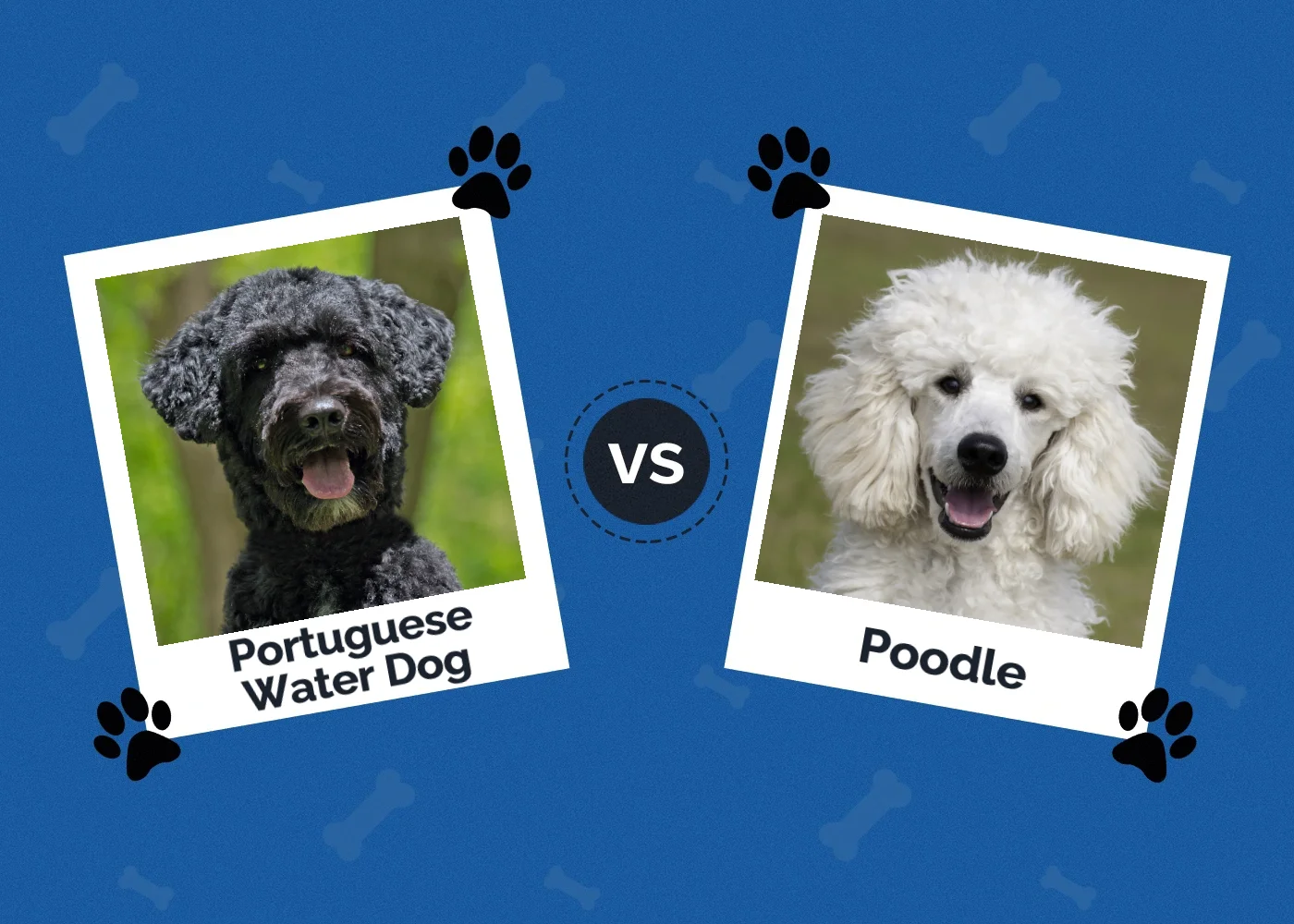How Do Dogs Get Worms? 10 Unusual Ways (Vet Reviewed)
Updated on
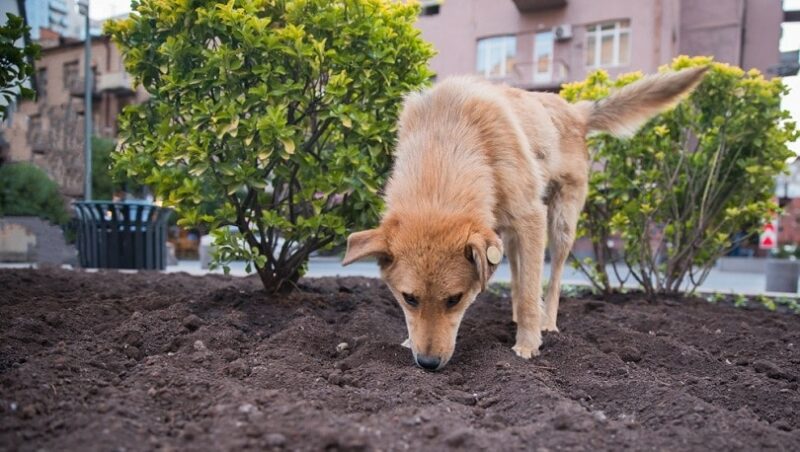
Worms can be disgusting to deal with, but most dog owners have had to deal with worms in one form or another at some point. There are a lot of types of worms that dogs can get, and it’s important to be able to identify what type of worms your dog might have if you spot them. It’s also crucial for you to understand how your dog got the worms in the first place so you can prevent them in the future.
If you think your dog might have worms, it’s best to talk to your vet before trying over-the-counter remedies. Some worms can’t be cured through home means, after all. So, what are some potential ways that your dog got infested?
The 10 Ways How Dogs Get Worms
1. Mosquitoes
Believe it or not, mosquitoes are the most dangerous animals on the planet, raking in around 725,000 human deaths per year due to the diseases they spread.1 For dogs in the US, the biggest threat that mosquitoes pose is heartworm infection. Heartworms are deadly worms that infest the heart, lungs, and blood vessels of animals, eventually leading to heart failure, respiratory failure, and even death.
Mosquitoes play an extremely important role in the life cycle of heartworms. In fact, mosquitoes are a required part of the life cycle of heartworms. In order to reach adulthood, a heartworm must be sucked up from its host by a mosquito. It will then process through the mosquito and then infect the next animal the mosquito bites. The best option for heartworms is to prevent them with prevention medications from your vet.
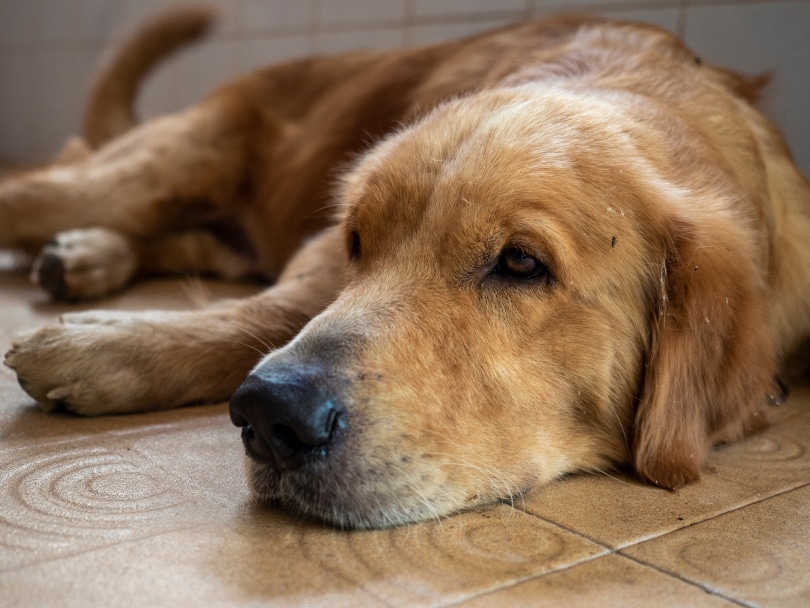
2. Flies
You’re about to learn something you definitely don’t want to know, but it’s important because your dog may encounter these larvae in its lifetime. Cuterebra larvae are the offspring of bot flies, and they aren’t true worms, but they do have a worm-like appearance.
These gross parasites occur when a bot fly lays its eggs somewhere that a host is likely to come by, like the entrance to a rabbit burrow. Once your dog brushes against these eggs, their body heat will stimulate the eggs to hatch and larvae will enter your dog’s body, likely via their nasal passages or mouth, although they can also enter through open wounds.
The larva will then burrow through the tissues and create an opening for air. This will result in a swollen opening somewhere in your dog’s skin. These are easy to identify because the larva will pop its head out of the hole from time to time. These can be removed, but removal can be tricky, so leave this to a vet.
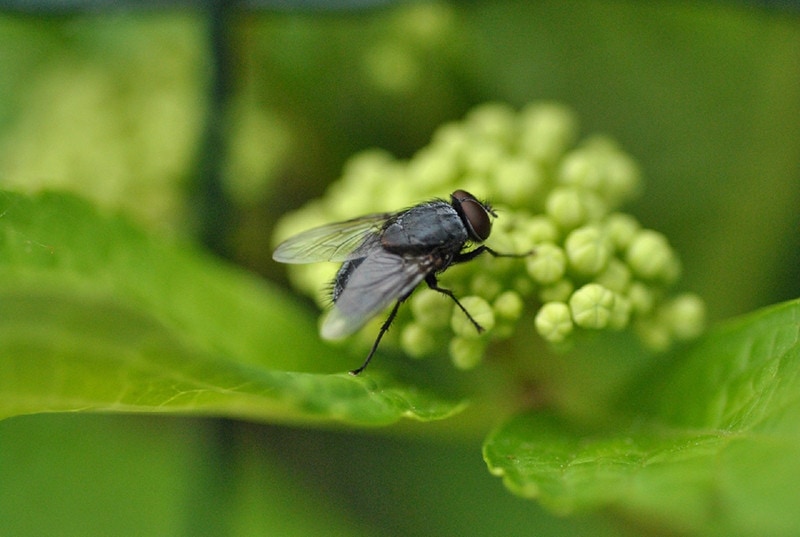
3. Fleas
Moving on to something slightly less gross than the bot fly, fleas are a very common vector of worms that your dog can get. Fleas can carry tapeworms, and all it takes is for your dog to swallow a single infected flea to get a tapeworm infection in their digestive tract.
The best prevention is flea and tick prevention from your vet, but since a single flea can cause tapeworms, prevention sometimes isn’t enough. Your dog may consume an infected flea while out for a walk or playing with another dog well before their flea and tick medication is able to work its magic.
Tapeworms are easily treated with oral medication, but this medication is not available over the counter, so your vet will have to provide you with the necessary medication. You’ll know that your dog has tapeworms when you see small, white “grains of rice” in their fresh poop. Keep in mind that if you look at poop that has been out for a day or two, it likely has maggots in it, which may be mistaken for tapeworms, so make sure to look at fresh poop to be sure.
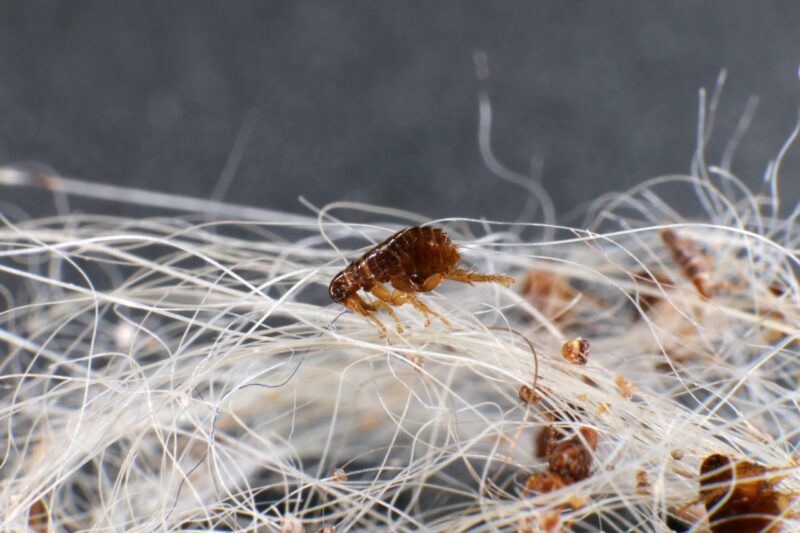
4. Nursing
That’s right, even tiny puppies are susceptible to parasite infections. Puppies can acquire worms directly from their mother’s milk, but only if she is infected with the worms. Oftentimes, deworming occurs throughout the pregnancy to reduce the risk of parasites in the pups, but your regular vet or a reproductive vet will be able to better guide you on the recommendations.
Roundworms are the parasites most commonly attributed to nursing, but they are also known to be the most common worm in dogs. These worms will look like overcooked pieces of spaghetti when they are fully grown, and your dog will begin to excrete worms in their poop. You are unlikely to spot these worms in very young pups, though, since they likely won’t be excreted until the worms reach adulthood.
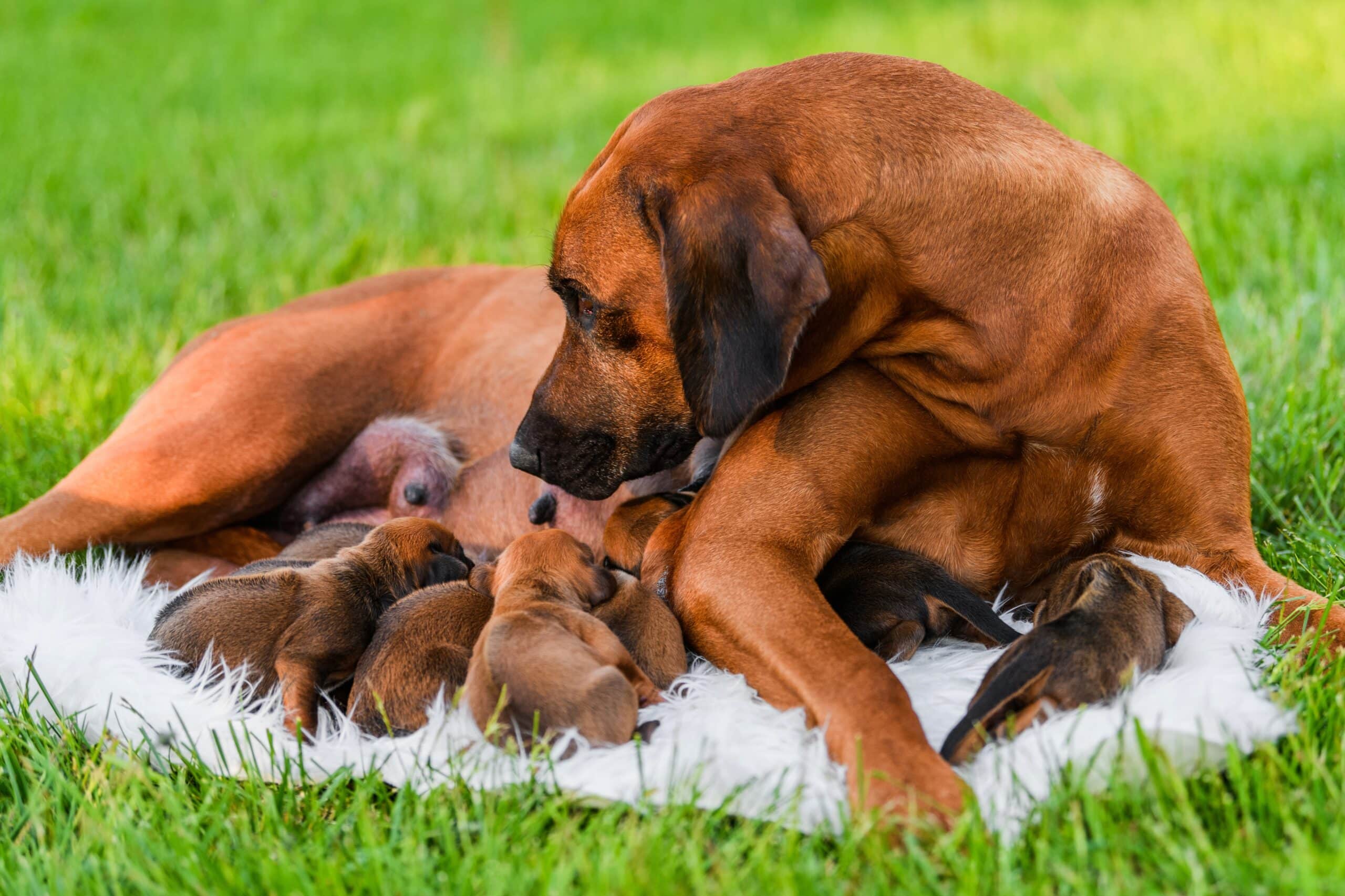
5. Soil
We all know that dogs love to eat things they shouldn’t, and it’s not uncommon for dogs to get worms from consuming infected soil. This doesn’t necessarily have to mean that your dog ate a bunch of dirt, though. If your dog accidentally ate dirt during play or licked infected dirt off their paws, they can get worms. Hookworms, roundworms, and whipworms can all be passed to your dog via soil.
Here’s the thing about worms being transmitted through the soil: hookworms can actually be transmitted from the soil directly into the skin. In fact, this is the most common way that humans pick up hookworms. It’s an uncommon way for your dog to get hookworms, but it’s not impossible!
Hookworms and roundworms can both be spotted in your dog’s poop, as well as being vomited up if the dog has a heavy infestation. Whipworms are a dangerous parasite that will cause signs of disease, including weight loss, lethargy, bloody diarrhea, dehydration, and anemia.
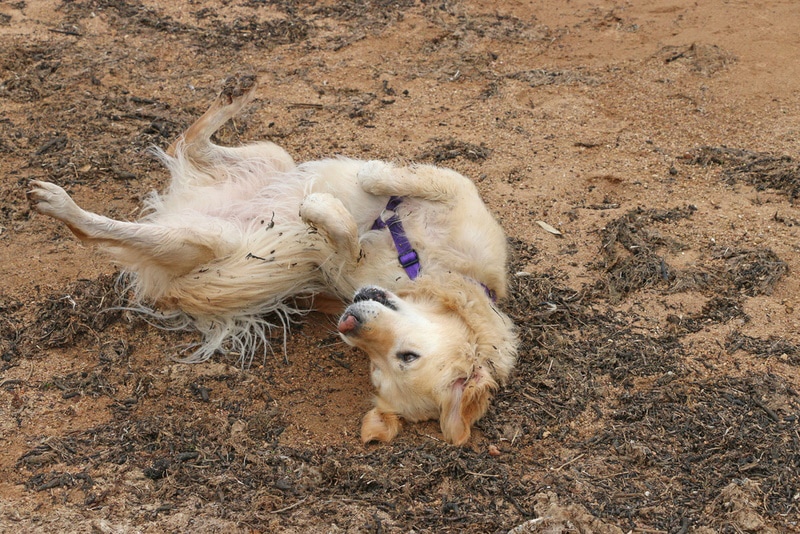
6. Prey
If your dog is always eating roadkill or catching small animals and you’re concerned about them catching something from the animal, then you’re right to be concerned. There are a number of diseases that your dog may get from consuming another animal, especially a wild animal that has not received veterinary care. Your dog is at risk for just about any intestinal parasite if they consume an infested animal.
Sometimes, dogs can even get worms simply by having the animal in their mouth. Ideally, you should be doing everything possible to keep your dog well away from wildlife, both living and deceased. There are far too many risks that wildlife can pose to your dog to risk it, and dogs can be a big threat to native wildlife in the area.
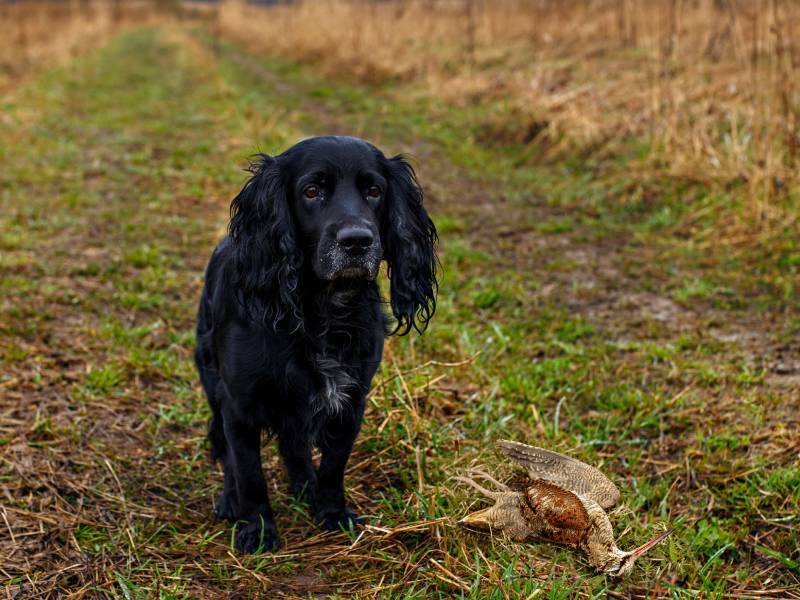
7. Poop
Remember how we mentioned that sometimes dogs eat things they shouldn’t? Well, many dogs love to eat poop. Some dogs will eat any poop they can get in their mouth, while others may have a more discerning palate and go for the tastiest types of poops, like cat poop. Either way, if your dog is coming into contact with another animal’s feces, then your dog is at risk of catching intestinal worms.
It’s not uncommon for people to skip out on flea and tick and heartworm medications for their indoor cats, which means they are at risk of worms, so it is possible for your dog to get worms from consuming the feces of your indoor cat if they are not regularly treated.
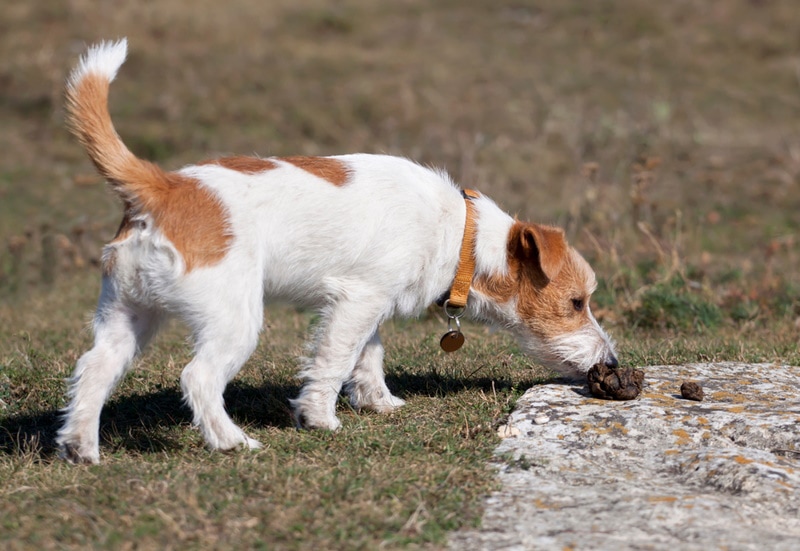
8. Vomit
Just like with poop, if your dog consumes vomit that is infected with intestinal worms, they’re at risk. It’s unlikely that your dog is routinely coming into contact with infected vomit from other animals, but it’s certainly a risk if your dog goes to places like dog parks and doggy daycares. There is also a risk if there are other animals in the home that are not regularly treated for worms, like rodents.
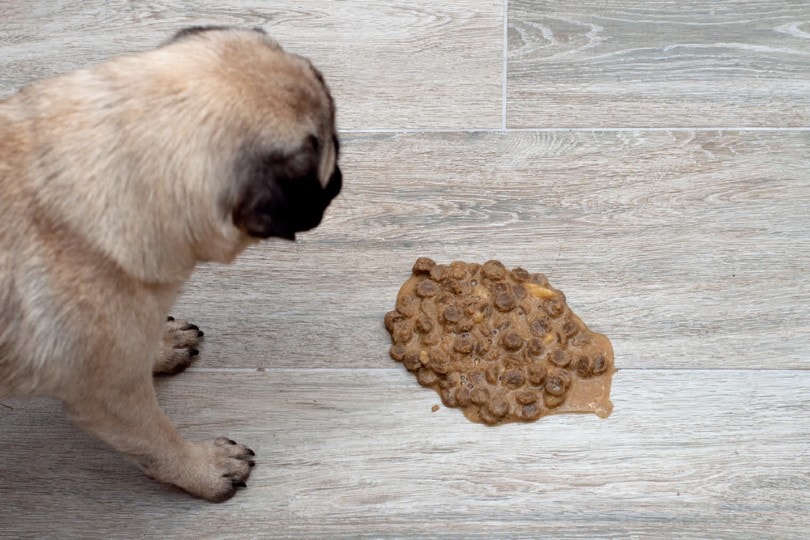
9. Grooming
Some dogs spend a lot of time grooming themselves like cats, while others may only lick themselves if they have itchy paws or a sore spot. If your dog has come into contact with anything infected and then grooms it off of themselves, they can get worms. This means if your dog rolls in infested poop or soil at the dog park, there is a risk. If they stepped on the carcass of infected roadkill, there is a risk.
It’s also possible for your dog to consume a flea during a grooming session, inadvertently catching tapeworms. Remember that flea and tick medications don’t work immediately, so it’s possible for your dog to consume an infected flea before the meds have had a chance to kill the pest.
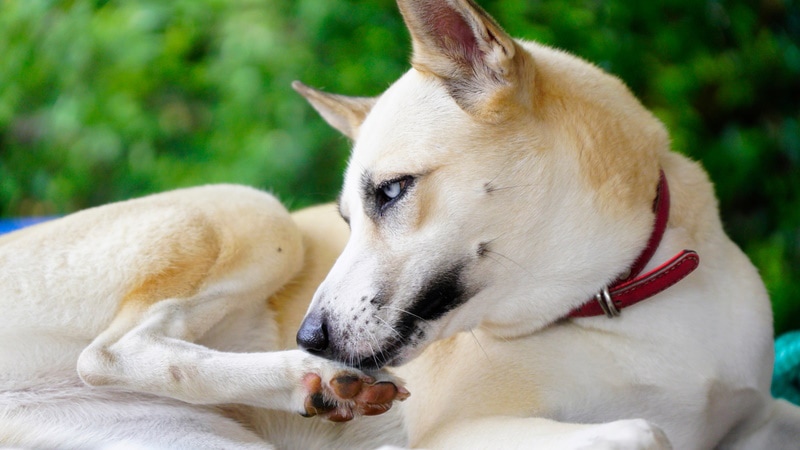
10. Contact
There are a lot of types of physical contact that can result in your dog getting worms, but one way you may not have considered is simply having contact with other dogs. All the ways that your dog can catch worms from things like soil and grooming can also occur with other dogs. During play or snuggle sessions with an infected dog or a dog that has rolled or stepped in infected materials, your dog may manage to acquire worms.
Since you can’t control how other people care for their pets, it is your responsibility to ensure your dog is always up to date on their flea and tick medications and to get them to the vet if you think they may have any kind of worms.
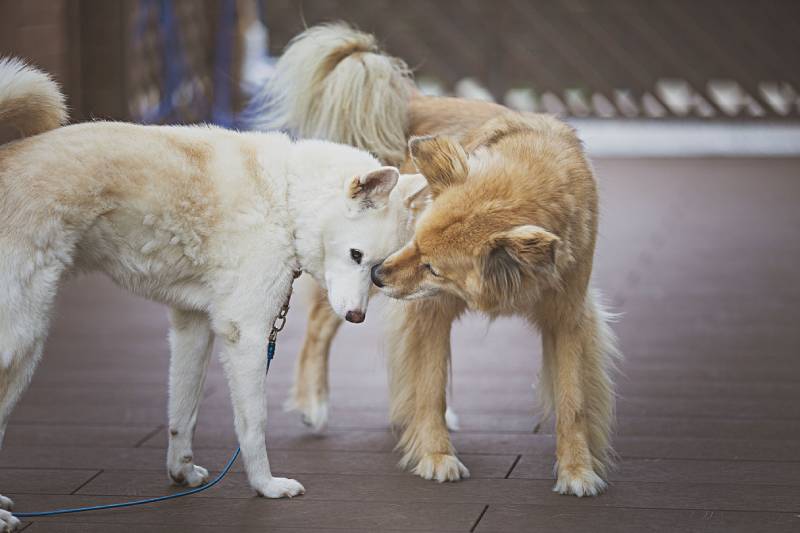
Conclusion
Worms can cause issues for your dog, so quick recognition of symptoms and treatment from the vet will help keep your dog as healthy as possible. Just remember that if you see something that looks suspiciously like an earthworm, it probably is!
It is not at all uncommon for people to see earthworms that have been tracked in the house, deposited on the floor, or even stuck to the dog and think that they are some type of unusual parasite. Although, if in doubt, get a picture of the worm or the worm itself to your vet for identification.
Featured Image Credit: Daniel Tadevosyan, Shutterstock





